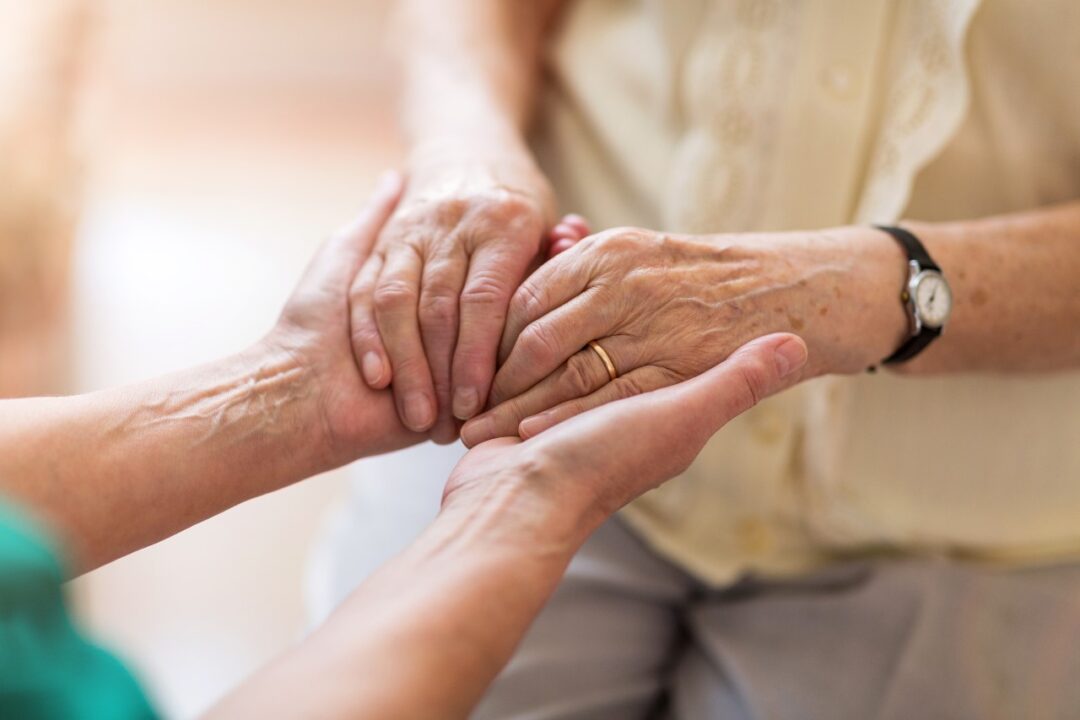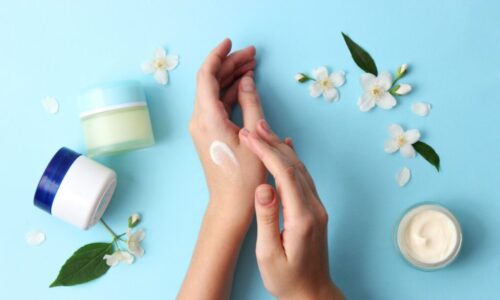What is fragile skin? |

Fragile, or as many people refer to it, “thin” skin, can affect anyone at any age, but it is particularly common in older individuals. The reasons for this include genetics, exposure to ultraviolet (UV) radiation from the sun, and the aging process itself. Most of these aging-related changes occur in the middle layer (dermis) of the skin where the blood vessels, nerves, hair follicles, and oil glands are located. These changes include:
- Less frequent division of skin cells so that the dermis does not rejuvenate itself as often.
- The breakdown of fat cells
- Changes to connective tissue (e.g. collagen and elastin) resulting in decreased strength and elasticity of the skin
- Increased fragility of blood vessels
- Reduction in oil production by sebaceous glands
- Increased size of pigment-containing cells (melanocytes)
In Caucasians, the end result of these changes is that the skin appears thinner and paler. The cushioning layer provided by fat cells is lost, which along with the increased fragility of blood vessels, leads to easy bruising. The reduction in sebaceous gland oil production leads to dryness and itching. The enlarged melanocytes are responsible for the so called “age” or “liver” spots. For most people, the sun-exposed areas of the body including the face, hands and forearms, are the main areas of concern.
Obviously, you can’t stop the aging process, but the following measures will help you to maintain healthy skin and reduce the damaging effects of time and the environment:
- While some sun exposure is beneficial, allowing the body to generate vitamin D, you should limit the amount of time that you are in the sun. Overexposure to the sun’s harmful UV rays breaks down and damages collagen in the dermal layer.
- Whenever outdoors, use a “broad spectrum” sunscreen with a Sun Protection Factor (SPF) of 15 or higher. Be sure to reapply every couple of hours and more often if swimming or sweating.
- Don’t use sunlamps or tanning beds.
- Apply a daily moisturizer (Eucerin, Cetaphil, etc.) to help reduce the cracking, peeling, and susceptibility to infection common with aging or sun-damaged skin.
- Protect the skin from physical trauma by wearing long-sleeved shirts or long pants with activities (gardening, hiking, etc.) that pose a risk for scrapes or cuts.
- Diet plays an important role in skin health. Nutrients that appear to be particularly beneficial to the skin include omega-3 fatty acids (salmon, flaxseed oil, walnuts and almonds), vitamin A (salmon, carrots, spinach, and broccoli) and selenium (wheat germ, tuna, garlic, Brazil nuts, eggs, and brown rice).
- Drink enough fluids so that the skin stays adequately hydrated.
- Avoid the long-term use of certain medications, such as oral or topical corticosteroids, that can weaken the skin.
A class of topical medications called retinoids has shown promise in the treatment of skin that has been damaged by UV radiation (“photodamage”). Retinoids are related chemically to vitamin A and are available as prescription (Renova, Retin-A, Accutane, Tazorac, others) as well as non-prescription products. Studies have demonstrated improvement in forearm skin that has been photodamaged with both prescription and OTC retinoids. Skin irritation has been a fairly common side effect with the use of the prescription products, limiting their usefulness. The non-prescription retinoids (retinol, retinaldehyde, others) are not as strong as prescription retinoids and are marketed primarily as facial beauty products. The development of preparations of these less toxic retinoids holds promise for the treatment of fragile or sun-damaged skin in the future.
If you have any more questions just Ask Hanna, our health advisors are here to help.
Image: ©Shutterstock / pikselstock








